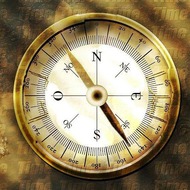
(View Complete Item Description)
Comparative politics is the systematic study and comparison of the world's political systems. The course begins by discussing the factors and categories of analysis that political scientists and important international institutions like the World Bank, NATO, and the United Nations use regularly; it ends by comparing and contrasting governments from five different regions of the world: the Americas, Europe, Africa, Asia, and the Middle East. Upon successful completion of this course, students will be able to: Define the chief characteristics of a nation state; Identify and explain various comparative methodologies used to compare various political systems; Distinguish between unitary, federal, and confederal governmental models; Compare and contrast political cultures in selected countries; Compare and contrast political socialization in selected countries; Describe and explain patterns of representation and participation in selected countries; Compare and contrast the roles and functions of political parties in selected countries; Compare and contrast the role of interest groups in selected countries; Identify and explain governance and policy-making in selected countries; Compare and contrast the role of the executive in selected countries; Compare and contrast the role of the judicial branch in selected countries; Compare and contrast the role of the bureaucracy and the policy process in selected countries; Describe and explain the political economy and development in selected countries; Identify and explain political challenges and changing agendas in selected countries. (Political Science 221)
Material Type:
Assessment,
Full Course,
Lecture Notes,
Reading,
Syllabus



















